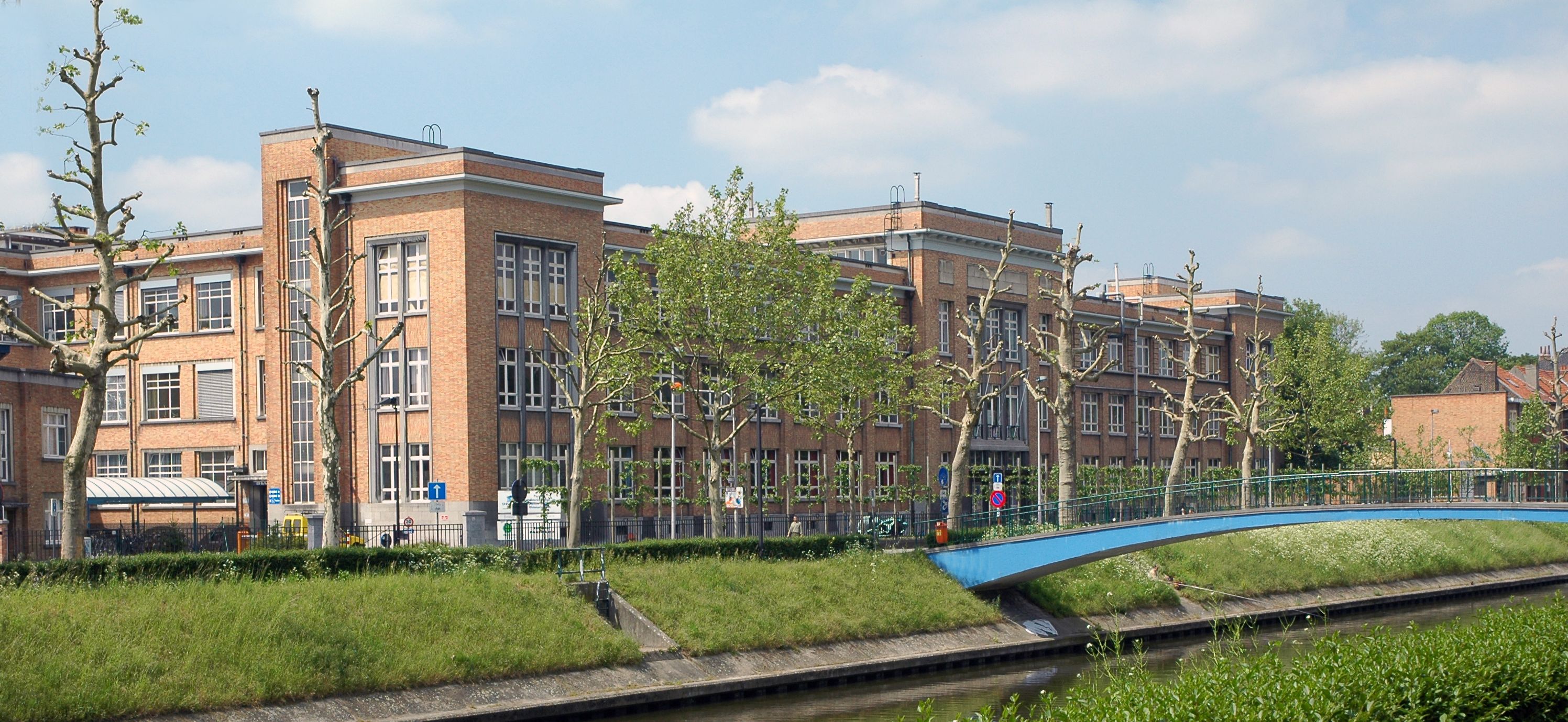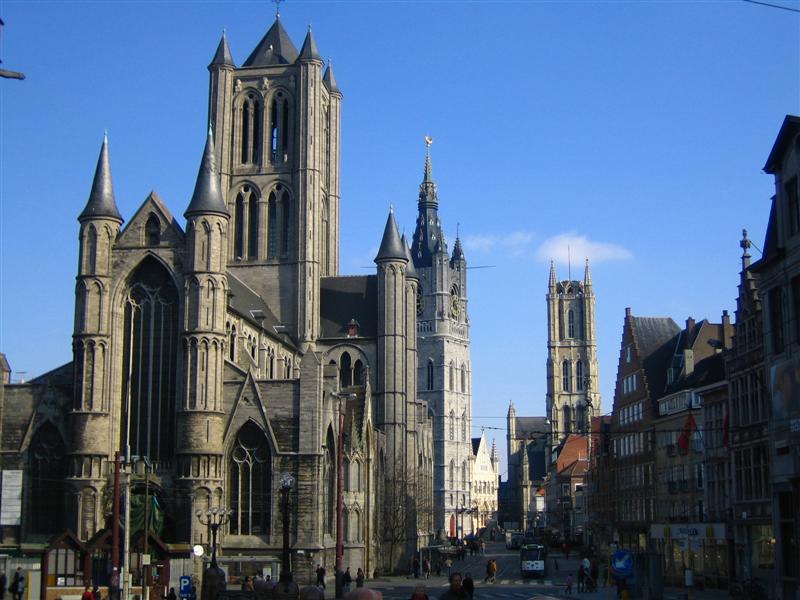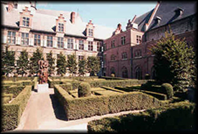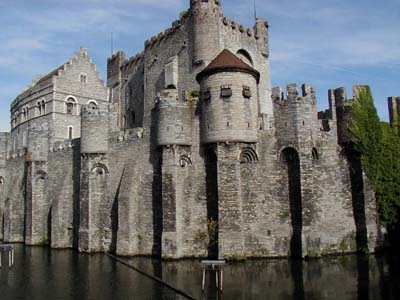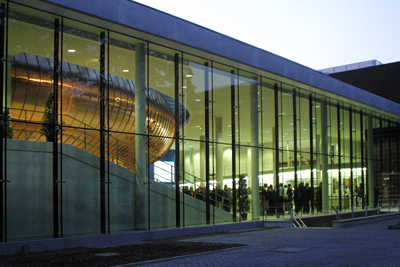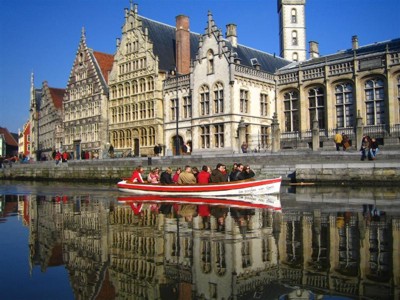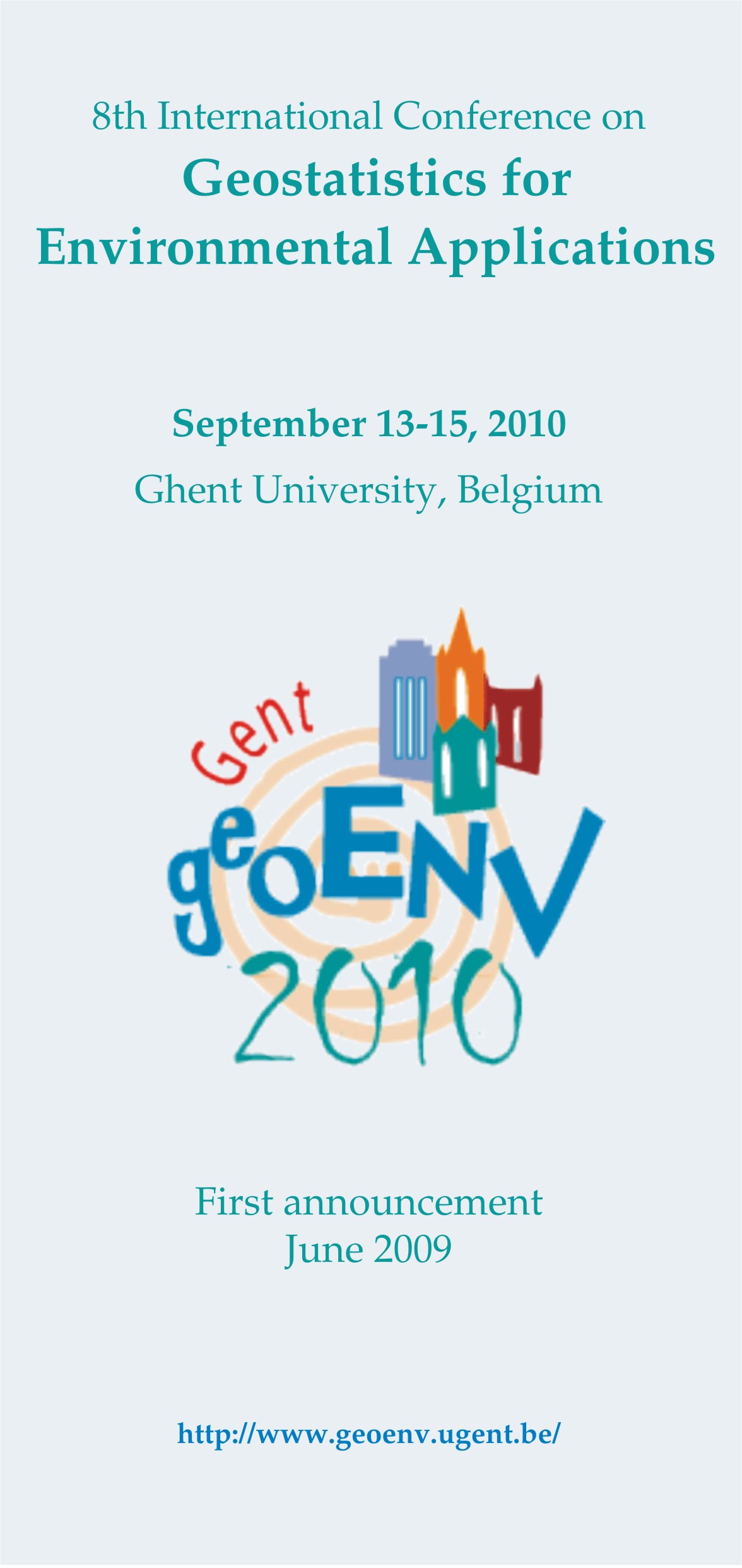Keynote: Spatiotemporal Geostatistics and the Environment: Crossing Parmenides' Gates and Morrison’s Doors
George Christakos
As an important component of scientific inquiry, spatiotemporal geostatistics seeks mathematically rigorous and physically meaningful representations of reality under conditions of incomplete knowledge. In a conceptual context, an intriguing analogy can be drawn between Jim Morrison’s simile that "There are things known and things unknown and in between are The Doors" and Parmenide's metaphor of “The Gates of Night and Day". In both cases, the role of the doors/gates is to offer a critical link between the unknown (world of ignorance) and the known (world of knowledge and truth). Mutatis mutandis, the goal of science-based Spatiotemporal Geostatistics is to crack the doors/gates connecting what is known with what is unknown about aspects of the human environment.
The study of environmental systems is an increasingly complex matter and requires the consideration of incomplete knowledge and diverse thinking styles from a variety of disciplines. Accordingly, spatiotemporal geostatistics in an interdisciplinary context should be based on the synthesis of core scientific knowledge, case-specific information, multi-sourced uncertainty and “agent-system” associations.
Developments in modern spatiotemporal geostatistics have proposed conceptual postulates that are concerned with the processes (perceptual, cognitive, imaginative and linguistic) by which understanding is achieved and communicated as well as about when and how to use various methods to develop knowledge and solve problems across space-time. The postulates, which find strong support in the research findings of brains science and neuropsychology, suggest that, in order to solve a real world problem under conditions of uncertainty in space-time, some sort of a structure must be assigned to it; an adequate problem space must be created on the basis of core knowledge and specificatory data from various sources; and the solution will emerge by means of a dialectic between the problem space and the agent (the dialectic may guide the agent on how to organize and transform the problem space, revise the solution plan in light of new knowledge, discard elements that lead to dead ends and, when necessary, break out of the shackles of mainstream thinking and seek a fresh perspective).
We subsequently explore mathematical representations of the space-time postulates above and consider their implementation in developing a rigorous theory of problem-solving. The proposed approach can lead to novel concepts and tools of geostatistical analysis and spatiotemporal mapping that integrate technical “proof” (symbolic and numerical data processing) with every-day “truth” (contextual meaning and space-time interpretation) in the living experience sense.
Accordingly, in real-world applications spatiotemporal modelling is conceived as a network of data bases, theories, beliefs, purposes and thinking modes in which any string in the net pulls and is pulled by the others in an interconnected way that can change the configuration of the whole. Applications involve a variety of fields such as environmental assessment, human exposure, health effects, risk analysis, epidemiology and medical geography.

